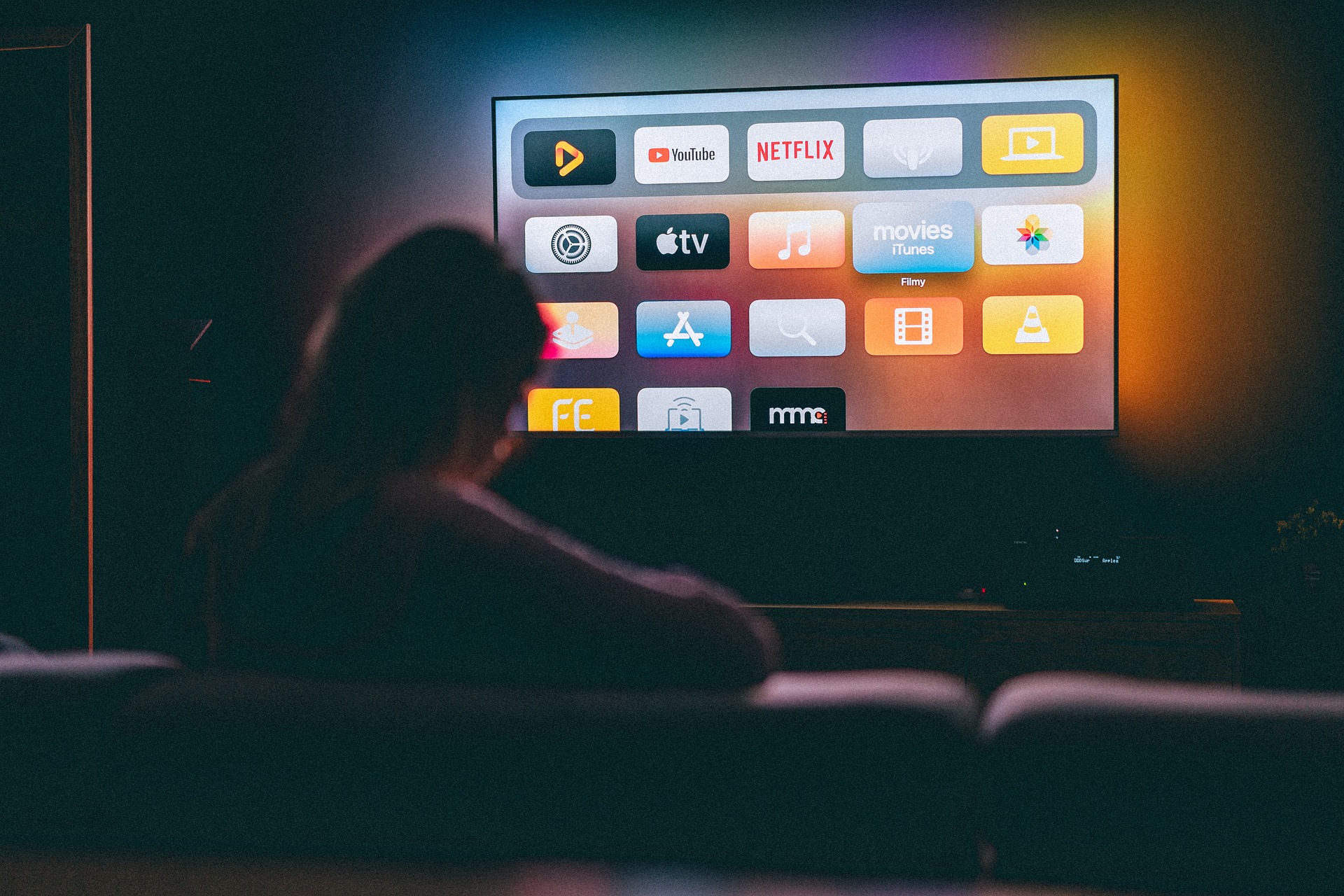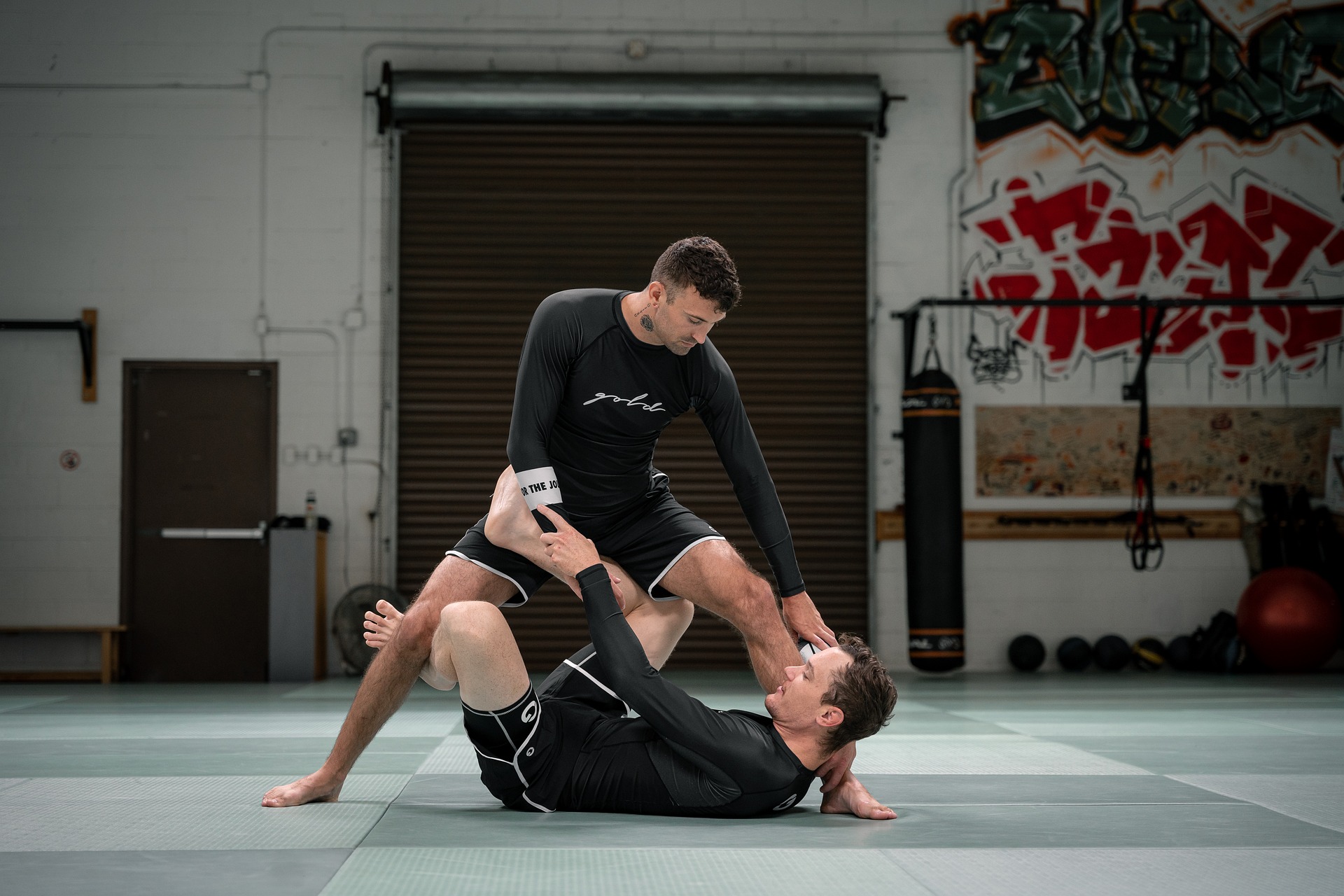Interpreting the Intrigue: The Artistry and Influence of Video Mapping
In the realm of digital artistry, one technique stands tall, transforming static surfaces into dynamic, immersive displays: video mapping. This article invites you on a journey through the evolution and impact of this powerful art form, from its early inception to its current prominence in entertainment and beyond.

Background: The Genesis of Video Mapping
Video mapping, also referred to as projection mapping or spatial augmented reality, paints the world as a canvas, allowing artists and technicians to project intricate light designs onto irregularly shaped surfaces. This art form’s genesis can be traced back to the late 1960s, with the advent of computer graphics and light projectors. However, it was the 1990s that saw a significant leap in the development of video mapping, attributing to the advancement of projection technology and 3D software.
Current Pulse: Video Mapping in Today’s World
In recent times, video mapping has taken the entertainment industry by storm. It’s being used in myriad ways, from transforming architectural structures into dramatic storytelling mediums during festivals to adding an immersive dimension to live concerts. Video mapping has also been adopted in advertising, where brands use this technique to create compelling and interactive marketing campaigns.
The Impact: Shaping the Entertainment Landscape
The impact of video mapping on the entertainment landscape is profound. Its ability to breathe life into inanimate objects and create immersive, multi-sensory experiences has revolutionized performance art, concerts, and themed events. Furthermore, it has opened doors to a new form of storytelling, where narratives unfold on unconventional surfaces, engaging audiences in unprecedented ways.
Notably, video mapping has also found its place in the theater, where it’s used to create dynamic, ever-changing sets. This has broadened the scope of theatrical productions, enabling directors and designers to weave digital magic into their narratives.
Factual Foundation: The Science Behind the Art
Behind the mesmerizing visuals of video mapping lies a complex blend of art and technology. The process involves modeling the shape and size of the physical objects onto which the visuals will be projected. This digital information is then used to create matching animations that, when projected, fit perfectly onto the physical structure. The precision required in this process is immense, making video mapping a testament to technological progress and artistic innovation.
Balancing Depth and Accessibility: The Future of Video Mapping
As we look ahead, the future of video mapping is ripe with potential. The advent of technologies like augmented reality (AR) and virtual reality (VR) paves the way for more immersive and interactive experiences. Meanwhile, the increasing accessibility of video mapping tools and software is democratizing the art form, encouraging more artists to experiment with this medium.
Though complex in its execution, the beauty of video mapping lies in its ability to create accessible art. It proves that art doesn’t always need a traditional canvas — sometimes, it just needs a surface and light. As video mapping continues to evolve, one thing remains clear — its ability to captivate audiences is unwavering, and its influence on the arts and entertainment industry shows no sign of slowing down.





